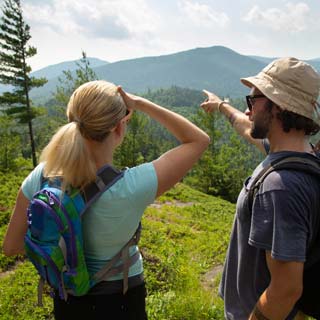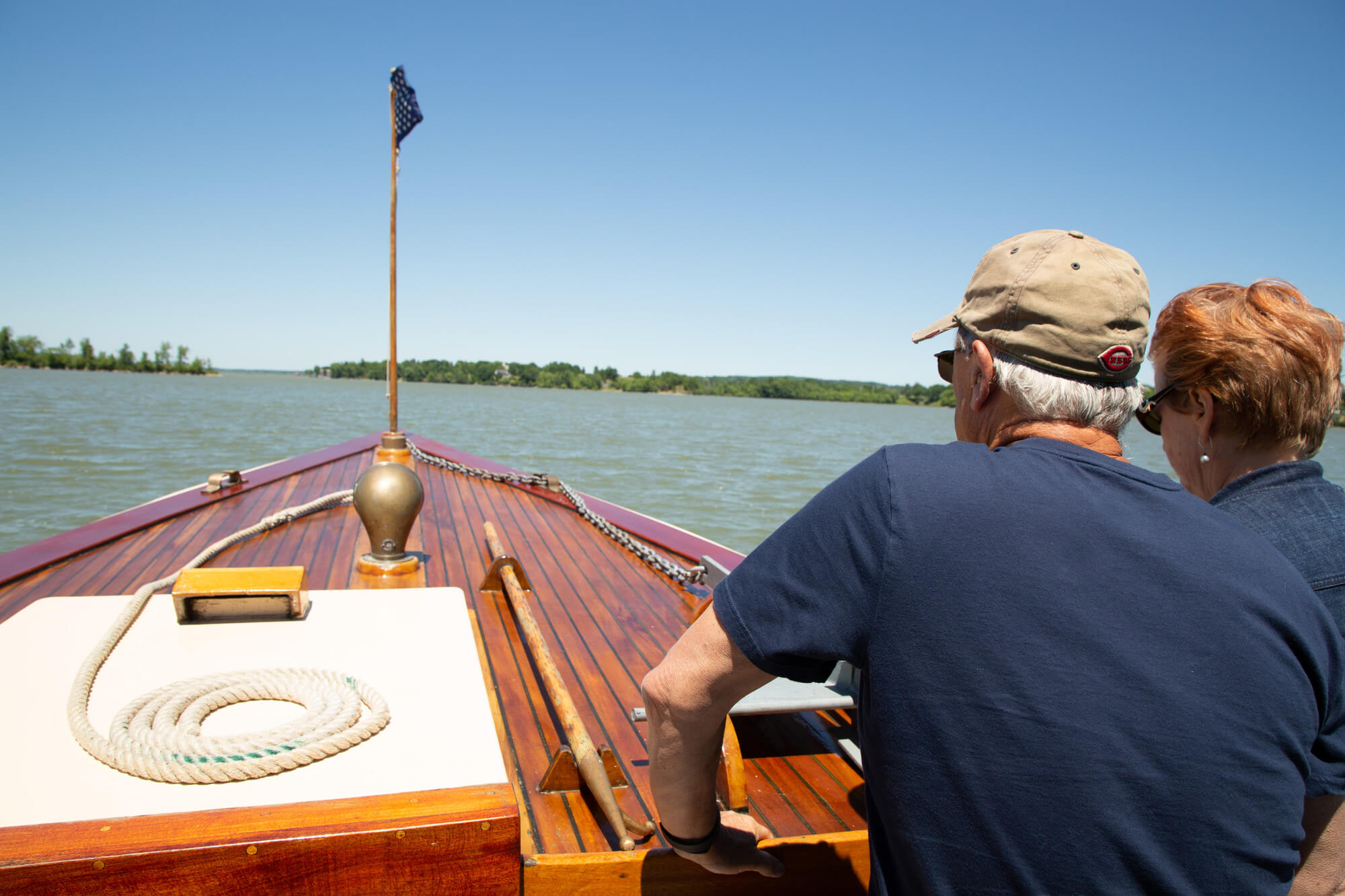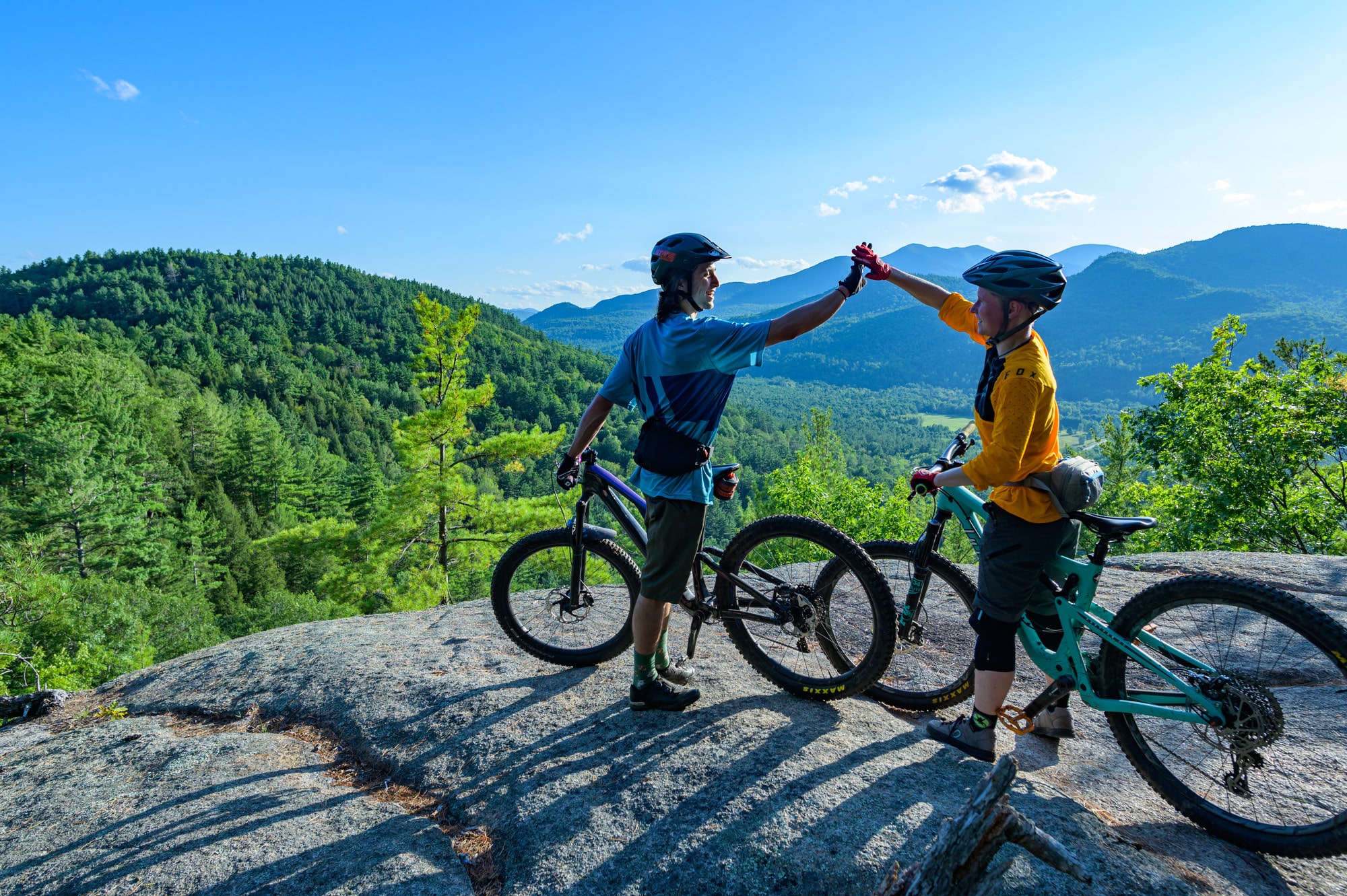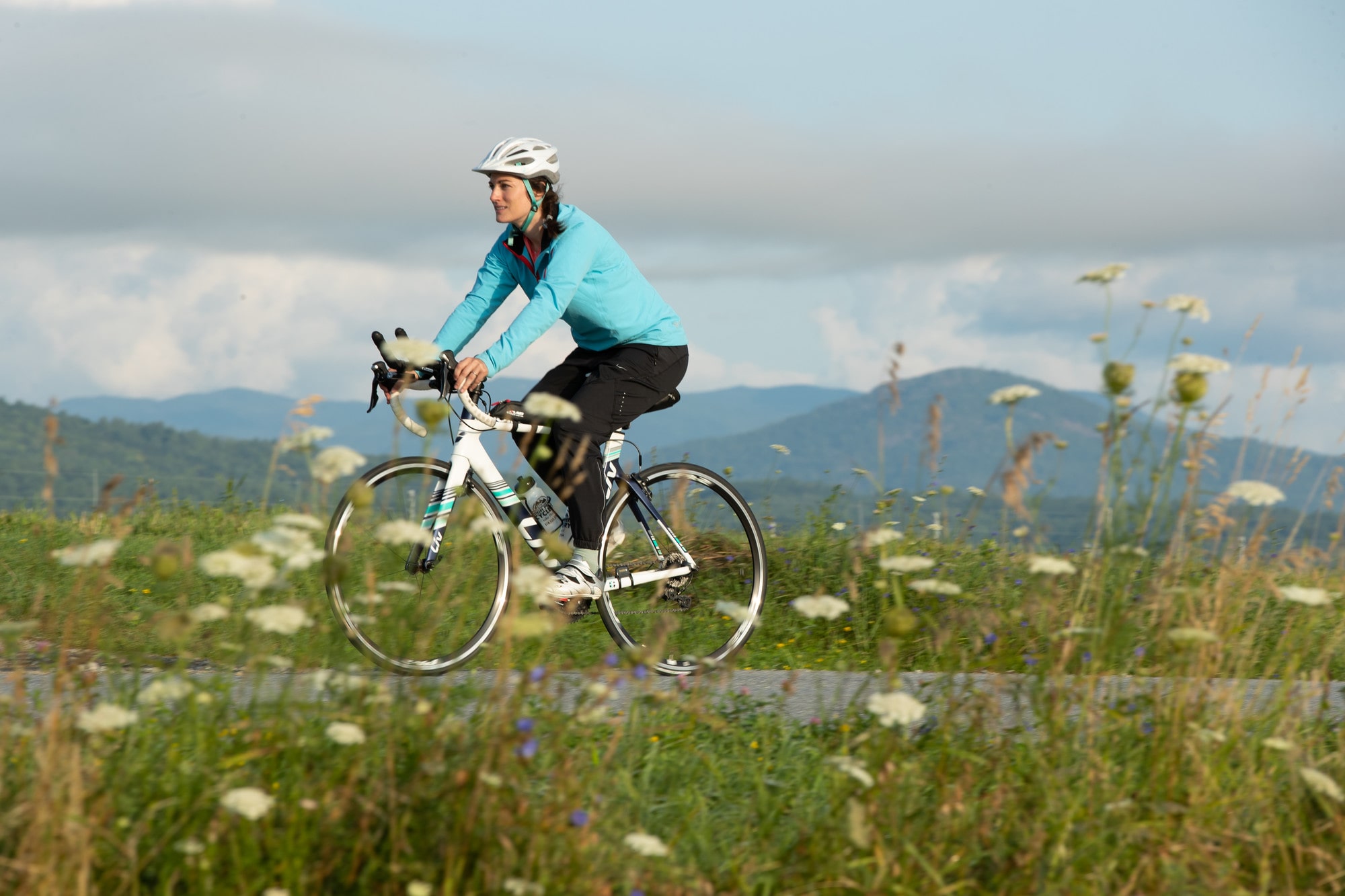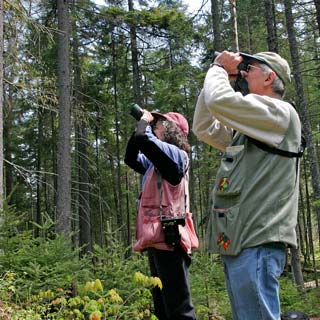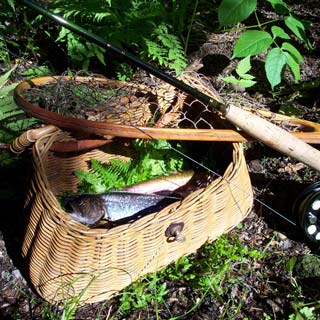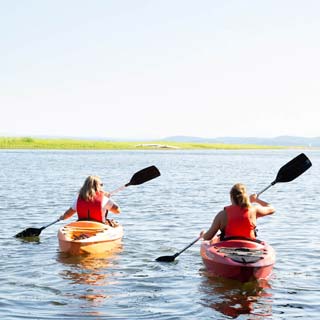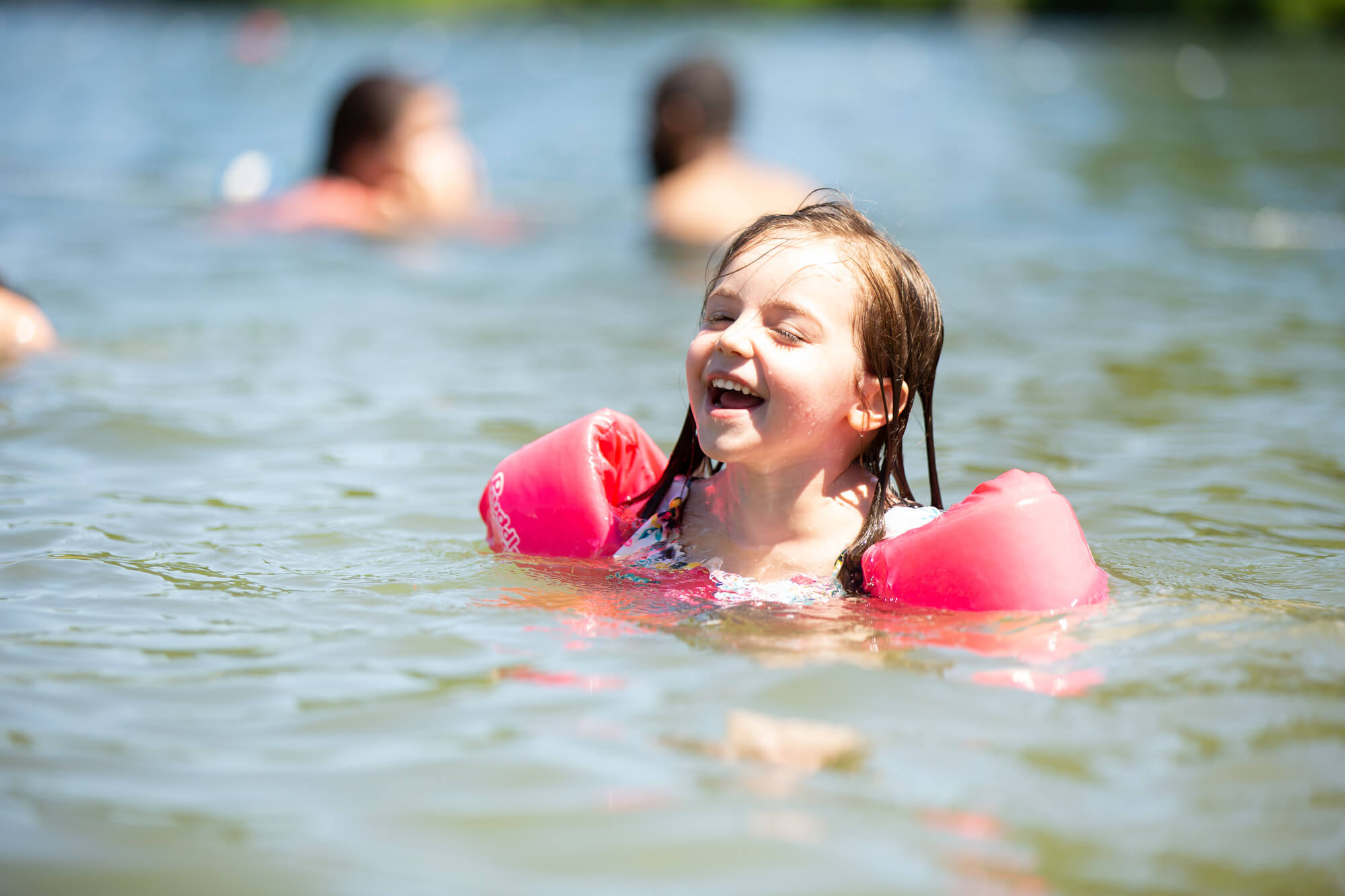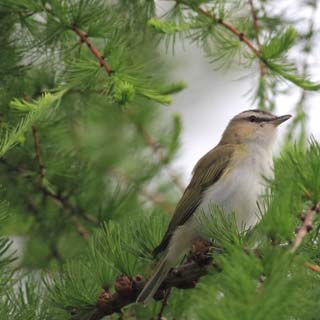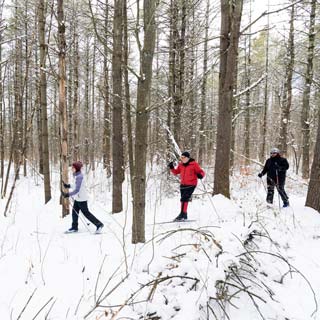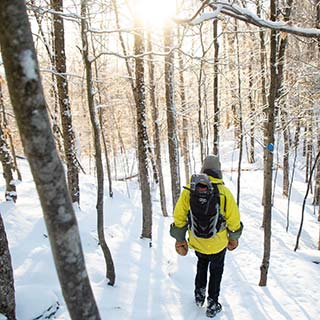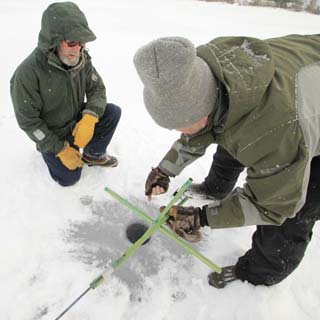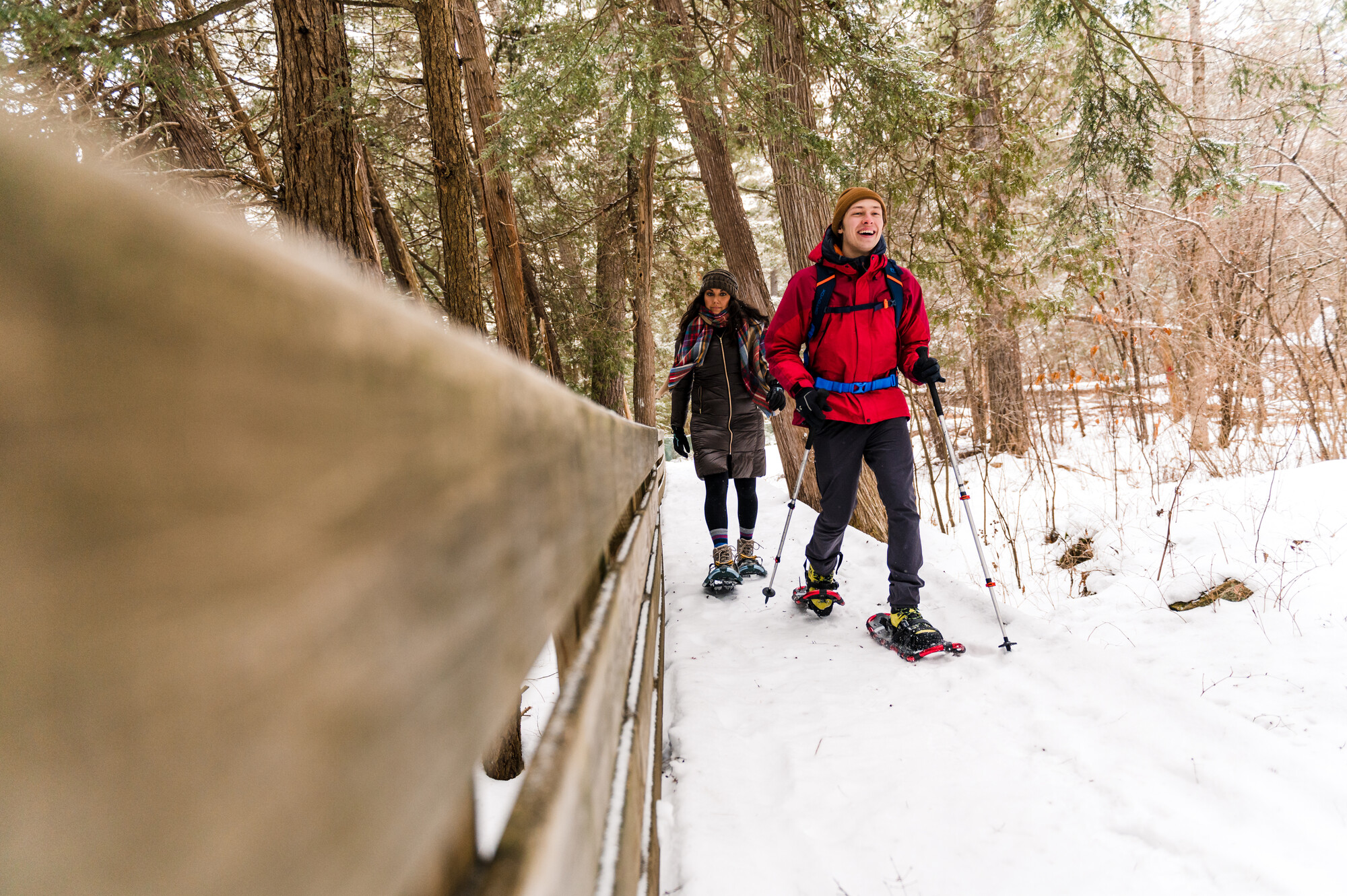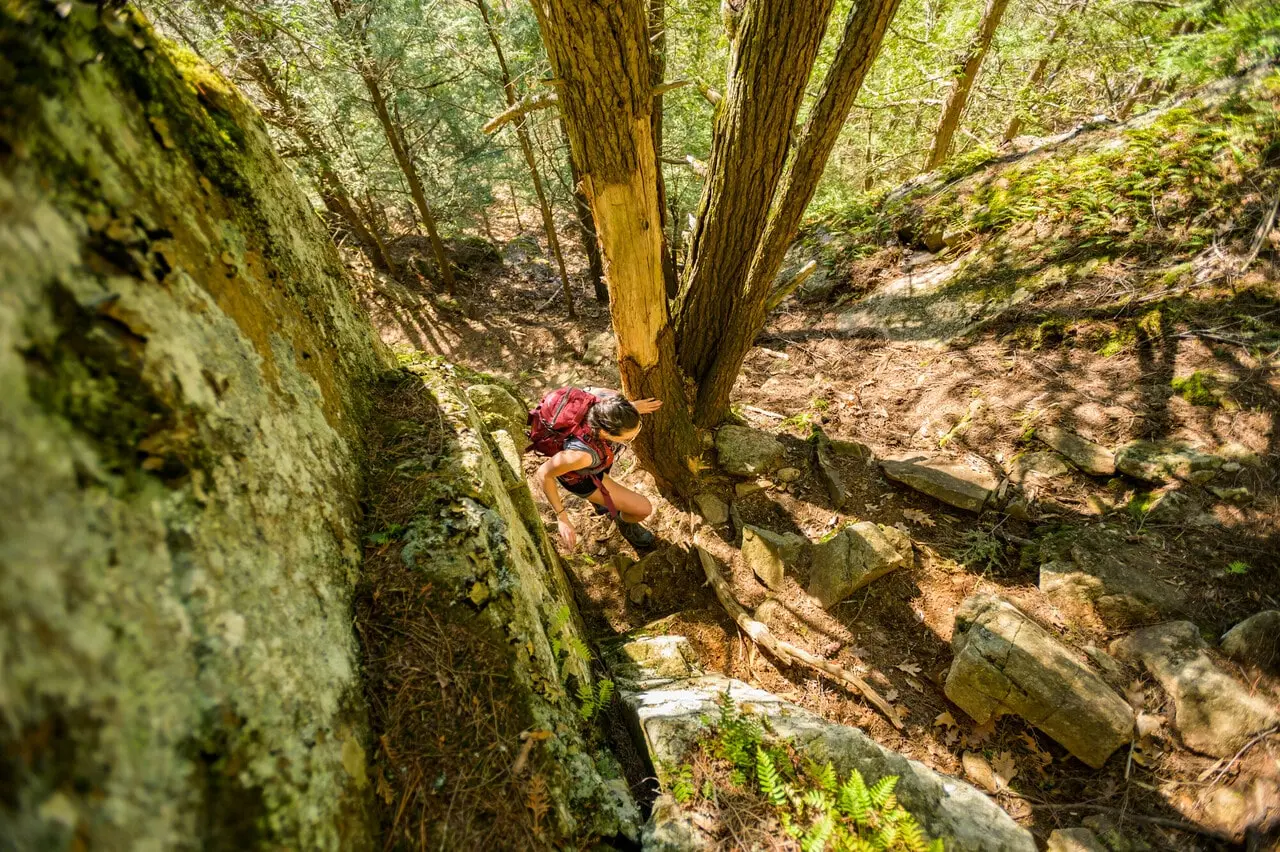A rather great lake
As the sixth largest freshwater lake in the United States, it should come as no surprise that Lake Champlain's fabulous location, stunning shorelines, and deep waters lends itself to myriad of outdoor activities, both on the water and off.
The beautiful waters of Lake Champlain offer a number of ways to enjoy one of the largest lakes in the nation. The lake is famous not just for its lake monster, but also for boating, sea kayaking, fishing in winter and spring, birding, and of course, swimming. Anglers come for the amazing bass fishing, which ranks among the top 5 in Bassmaster's best bass lakes in the Northeast.
Coast into adventure
Adventure seekers visit the Lake Champlain Region for paddling, hiking, and climbing in the warm months, and cross-country skiing, snowshoeing, and fat tire biking in the colder months. As the seasons change, so does our gear, from hiking to a mountain stream to ice fishing and ice skating, there are endless options for year-round outdoor activities in the Lake Champlain Region.
The area offers tons of activities to keep visitors and residents alike busy during the day while getting out in the fresh air and celebrating the breathtaking views of the Adirondack Mountains that border Lake Champlain. The level of activity, from a casual stroll to a challenging gravel cycle session, is up to you!



